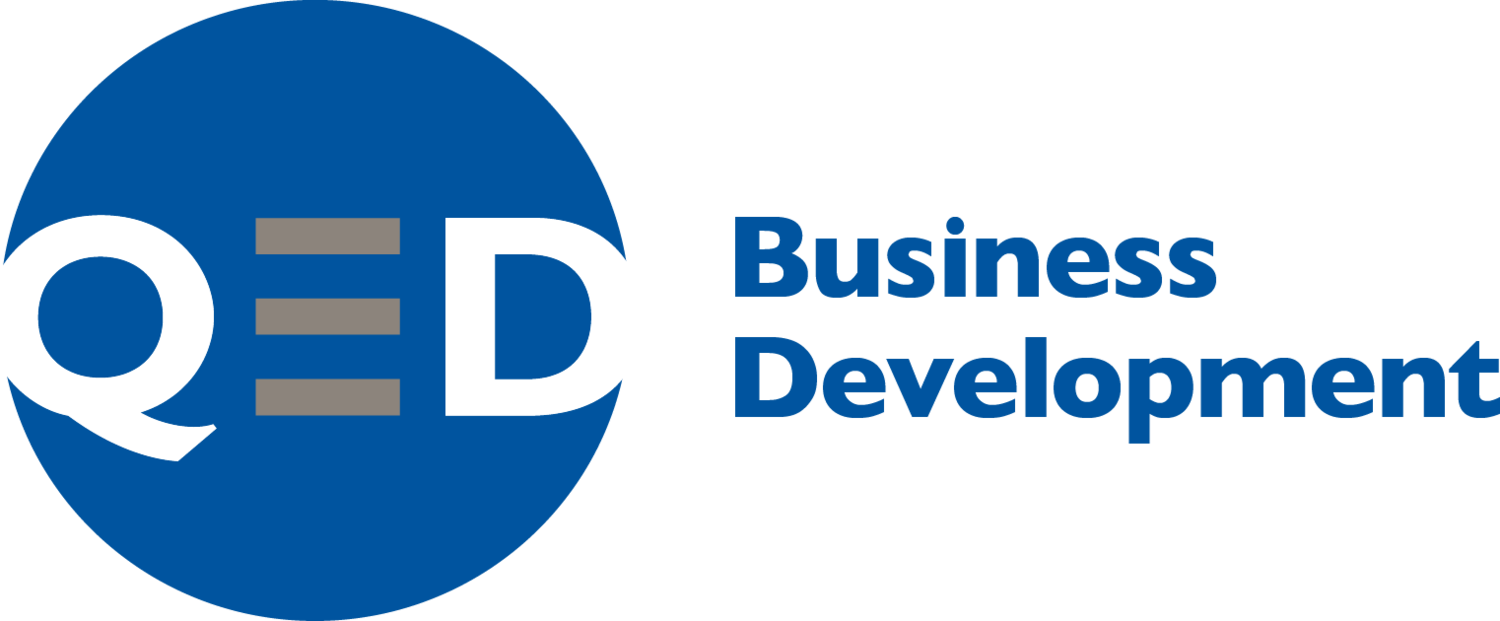I've recently taken a little time off in a place with infrequent telephone/email connections and at a pace where things slow down to a walk - literally. It allowed me to do a personal stocktake on the last year and consider how to use this to adapt my approach for 2017/18. In the context of my professional clients, I'm very aware a lot of performance reviews are currently being undertaken. Hopefully the upshot is a pleasant confirmation of a path well planned and executed. I suspect, though, there are also a few nervous practitioners out there who didn't need the review to point out that the year could have been better. So in an environment of increasingly sophisticated clients and increasingly demanding internal expectations, here are the five practical things I think you should do.
- Review your own capability to generate work. What is your current style of work-winning? Do you generate work based on reputation? How much do you rely on internal sources to deliver your work loads as opposed to 'eating what you kill'? Do you participate in a lot of tenders? Do you win multiple pieces of work from a core selection of trusted clients and little from 'new' sources? What do the answers to these questions tell you about your ability to replicate or improve on this year's results in the coming year?
- Review your client base. Take 20 minutes and think about the core client base you served this year. What is broadly happening in their world/s? How many of them are in cost-cutting mode? Who is seeing expansion opportunities and willing to take some risks? What are the likely risks they see that might provide barriers to their success in the coming 12 months? Do you have any ideas how these might be mitigated or eliminated?
- Review those around you. How are your Partners travelling? Are they as successful as they want to be? Are they working as a team and creating an enthusiastic working environment? Are they supportive of you and your team? Do they think of your services as an adjunct to theirs when they are out talking to their contacts and clients? Do your networks overlap in the right places? What does this tell you about your chances of success from internal sources?
- Write down 5 things you think will significantly impact your ability to meet your goals this coming year. Things like increasing or decreasing your staffing levels; your re-appointment to a panel; a client taking the plunge and launching a merger proposal; the role of key contacts at key clients focusing on potential for promotions/retirements/ redundancies; your degree of dependency on internal referral sources for new work; structural or regulatory reform to your client's industries, etc. Prioritise these and risk-rate them. What is the percentage chance it's going to happen?
- Create a plan to Maximise / Minimise / Act (MMA). Based on your analysis, which factor will have the maximum upside impact for your results? On the downside, which factor will have the maximum chance to disrupt you and cause significant pain? Write these down in two blocks, one above the other on a page, and leave space for a column to the right side of the page. Label these blocks Maximise and Minimise. Continue to add to the factors drawn from the above analysis into the Maximise and Minimise blocks until you're comfortable you've covered the key areas of interest. Now use the column to the right and label this 'Act'. Think of ONE clear action you can take that will enable and foster each of the Maximise factors. Can you plan to work more closely with a colleague who has aligned interests to yours? Would you offer free time to a client to start to unlock their thinking about a commercial opportunity? Do you need to establish stronger relationships with a client who is likely to issue a tender later in the year? Whatever it is, write only one per factor. Do that. Then continue the process for the Minimise factors. Think of ONE clear action you can take that will mitigate the likelihood that, were it to occur, that factor would damage your chances of reaching your goals. So if the concerning factor was you derive 75% of your revenue from one source, clearly an action to mitigate this being a concern would be to seek to build other client revenues. Do that.
While the above are simple steps to think about, they are much more complex to do. Nevertheless writing things down and simplifying the responses to maximising your opportunities or minimising your risks will, I assure you, give you a little taste of the mindset I had while on my walk. And that, like it did for me, might help you sleep better at night.

